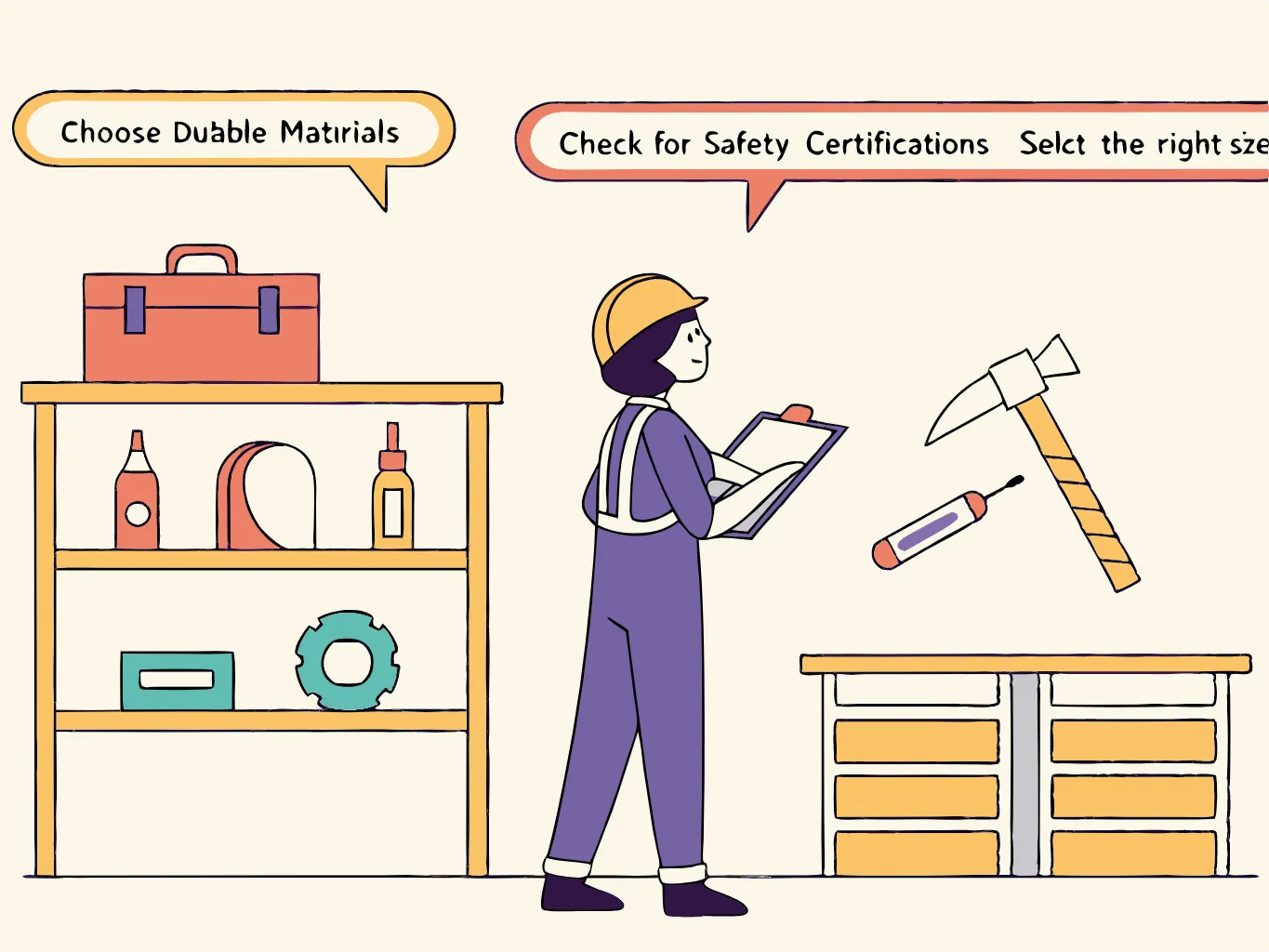Choosing the right PET recycling machine is a critical decision for businesses in the recycling industry. The right machine can improve efficiency, reduce costs, and ensure high-quality output. However, with so many options available, it can be challenging to determine which machine best fits your needs. This guide provides a comparative analysis of PET recycling machines to help you make an informed decision.
What Are PET Recycling Machines?
PET recycling machines process polyethylene terephthalate (PET) plastics, commonly used in bottles and packaging, into reusable materials. These machines typically handle tasks such as shredding, washing, drying, and pelletizing. The goal is to produce clean, high-quality PET flakes or pellets that can be used in manufacturing new products.
Key Factors to Consider When Choosing a PET Recycling Machine
Before comparing specific machines, it’s essential to understand the factors that influence your choice. These include:
- Capacity
Determine how much PET material you need to process daily or monthly. Machines come in various capacities, ranging from small-scale units for startups to industrial-grade systems for large operations. - Automation Level
Some machines are fully automated, requiring minimal human intervention, while others are semi-automated. Fully automated systems save labor costs but may have higher upfront costs. - Energy Efficiency
Energy consumption significantly impacts operating costs. Look for machines with energy-saving features to reduce long-term expenses. - Output Quality
High-quality output is crucial for selling recycled PET or using it in production. Machines with advanced washing and drying systems produce cleaner, more consistent flakes or pellets. - Space Requirements
Consider the size of the machine and the available space in your facility. Compact designs are ideal for smaller spaces, while larger systems may require dedicated areas. - Maintenance and Support
Choose a machine from a manufacturer that offers reliable customer support and easy access to spare parts. Regular maintenance is essential to keep the machine running efficiently.
Comparing Popular PET Recycling Machines
Here’s a breakdown of some common types of PET recycling machines and their features:
1. Shredders
- What They Do: Shredders break down PET plastics into smaller pieces for easier processing.
- Best For: Businesses that need to handle large, bulky PET materials.
- Key Features: High torque, low-speed operation to reduce wear and tear.
Example: A twin-shaft shredder offers better durability and can handle mixed materials, making it ideal for facilities processing both PET and other plastics.
2. Washing Systems
- What They Do: Washing systems clean PET materials by removing labels, adhesives, and contaminants.
- Best For: Operations requiring high-quality, contaminant-free output.
- Key Features: Hot washing tanks, friction washers, and separation systems.
Example: A hot washing system is essential for removing oil and grease, ensuring the final product meets food-grade standards.
3. Drying Systems
- What They Do: Drying systems remove moisture from PET flakes after washing.
- Best For: Facilities that need to produce dry, ready-to-use flakes or pellets.
- Key Features: Centrifugal dryers or infrared drying systems.
Example: Infrared dryers are faster and more energy-efficient than traditional systems, making them a good choice for high-volume operations.
4. Pelletizing Machines
- What They Do: Pelletizing machines convert PET flakes into uniform pellets for easier storage and transportation.
- Best For: Businesses that sell recycled PET to manufacturers.
- Key Features: Single-screw or twin-screw extruders for consistent pellet quality.
Example: Twin-screw extruders provide better mixing and are ideal for producing high-quality pellets for food-grade applications.
Which Machine Is Right for You?
The right PET recycling machine depends on your specific needs and goals. Here’s a quick guide to help you decide:
- Small Businesses or Startups: Look for compact, cost-effective machines with lower capacity. A combination of a shredder and a basic washing system may be sufficient.
- Mid-Sized Operations: Consider semi-automated systems with higher capacity and energy-efficient features. Adding a pelletizing machine can increase profitability.
- Large-Scale Facilities: Invest in fully automated, high-capacity systems with advanced washing, drying, and pelletizing capabilities. These machines offer the best long-term ROI.
Why Investing in the Right Machine Matters
Choosing the right PET recycling machine impacts your business in several ways:
- Cost Efficiency: The right machine minimizes energy consumption, labor costs, and downtime.
- Product Quality: High-quality output ensures better market value and compliance with industry standards.
- Sustainability: Efficient recycling reduces waste and supports environmental goals.
Final Thoughts
Investing in the right PET recycling machine is a strategic decision that requires careful consideration of your business needs, budget, and long-term goals. By understanding the features and benefits of different machines, you can select the one that aligns with your operational requirements.
For more insights into recycling equipment and sustainable practices, explore our comprehensive guide to recycling solutions.



